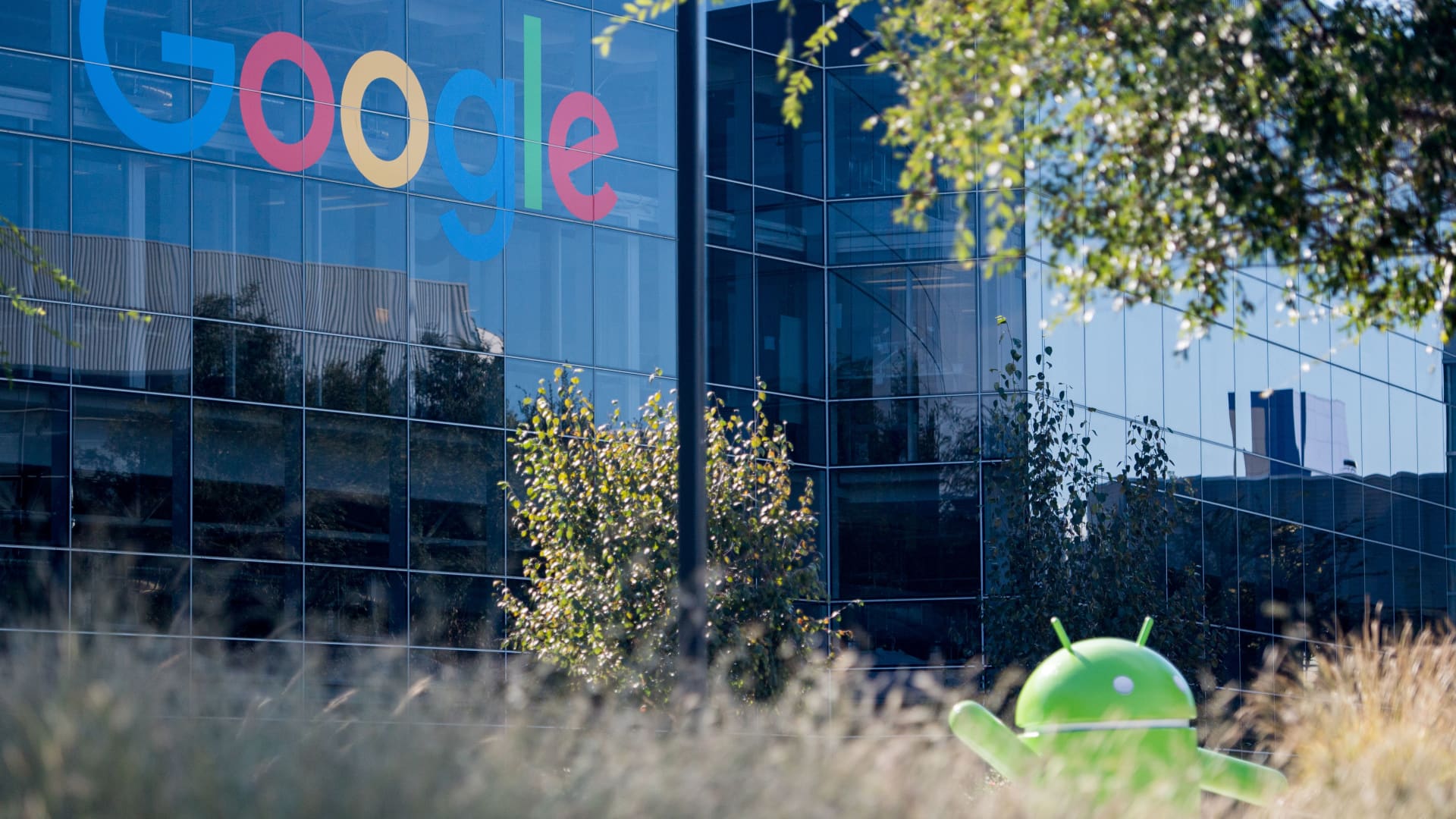Autonomous AI workers that talk to each other will arrive in 2025, Capgemini predicts

Artificial intelligence-powered agents will be able to work together and solve tasks in a so-called “multi-agent AI” system by 2025, according to technology services giant Capgemini.
Such a system would entail a collection of agents that work together to solve tasks in a distributed and collaborative way, according to Capgemini.
Pascal Brier, the company’s chief innovation officer, told CNBC in an interview that the firm is already “seeing companies that are discussing those agent technologies.”
He added that applications using multiple autonomous agents “is really what we should expect next year.”
Capgemini defines AI agents as “technology designed to function independently, plan, reflect, pursue higher-level goals, and execute complex workflows with minimal or limited direct human oversight” — essentially, AI agents that work behind the scenes to complete tasks on your behalf.
The U.S. is further along the path toward realizing this technology, according to Brier, while Europe lags behind.
In a new research report released Monday, called “Harnessing the Value of Generative AI,” Capgemini noted the vast majority of companies it surveyed (82%) plan to integrate AI agents within one to three years, while only 7% have no plans to integrate these agents.
The research relied on a survey of more than 1,100 companies with revenues of $1 billion or more.
Brier said the so-called AI agents fall into two types: individual agents that carry out tasks on your behalf, and multi-agent technology or, “agents talking to agents.”
For example, a marketing-focused AI agent that’s creating an ad campaign for an organization to run in Germany, could autonomously work with another agent in that same organization’s legal department to make sure that it’s legally sound.
Unlike conventional AI systems that merely follow instructions, these agents “can understand, interpret, adapt, and act independently and, for certain tasks, are capable of replacing human workers,” Capgemini said.
The first major wave of AI in 2022, which Brier calls “V1,” was about “understanding what a prompt is, and understanding what an LLM [large language model] was,” Brier told CNBC.
Now, “AI and generative AI are getting closer together, and it’s much more about building those engines of knowledge, using generative AI to interact with those engines, and using this new notion of agents as being either a substitute or co-pilot to find and do things for us,” he said.
According to Capgemini, 71% of organizations are anticipating AI agents will facilitate automation, while 64% of firms expect they’ll relieve human workers of repetitive tasks and allow them to focus on value-added functions, like customer experience.
Adoption gap in genAI
Capgemini said in its report that it’s seen a fourfold increase in the number of organizations now integrating generative AI into some or most of their locations or functions. In 2023, the number of firms adopting generative AI was 6%, according to Capgemini, but this year, that number has risen to 24%.
However, while large companies are seeing heightened levels of adoption in their businesses, smaller firms are yet to experience the same phenomenon.
According to the report, 10% of firms with an annual revenue of $1 billion to $5 billion are implementing generative AI. For companies with an annual revenue of $20 billion or more, that number swells to 49%.
“The scale at which bigger companies are doing generative AI experiments is bigger, so they get more chances to measure results, and were able to get faster, and obviously they did invest more than then than the smaller ones,” Brier told CNBC.
Results also varies from industry to industry. In aerospace and defense, 88% of organizations have invested in generative AI, for retail, that number drops to 66%.
This post has been syndicated from a third-party source. View the original article here.




